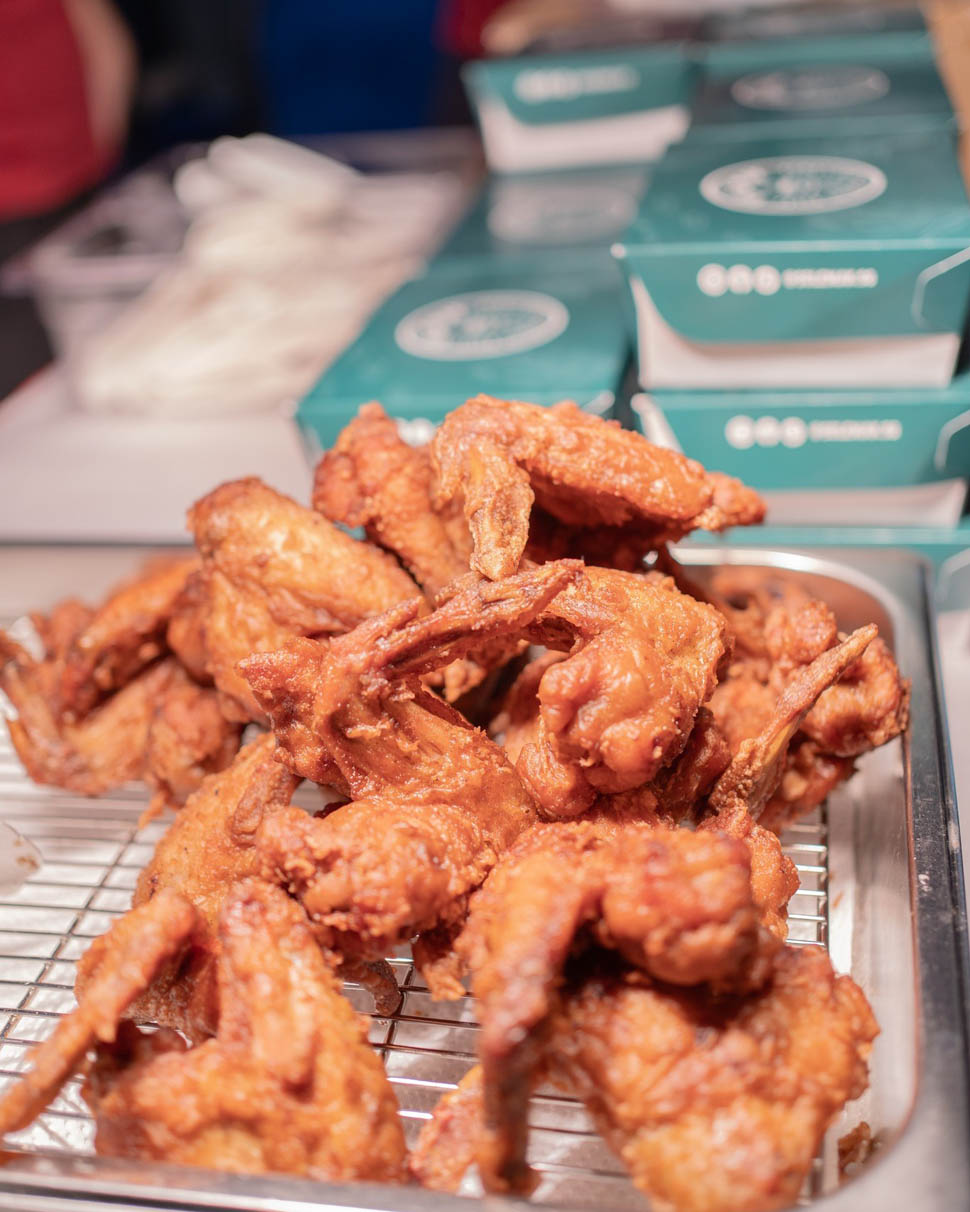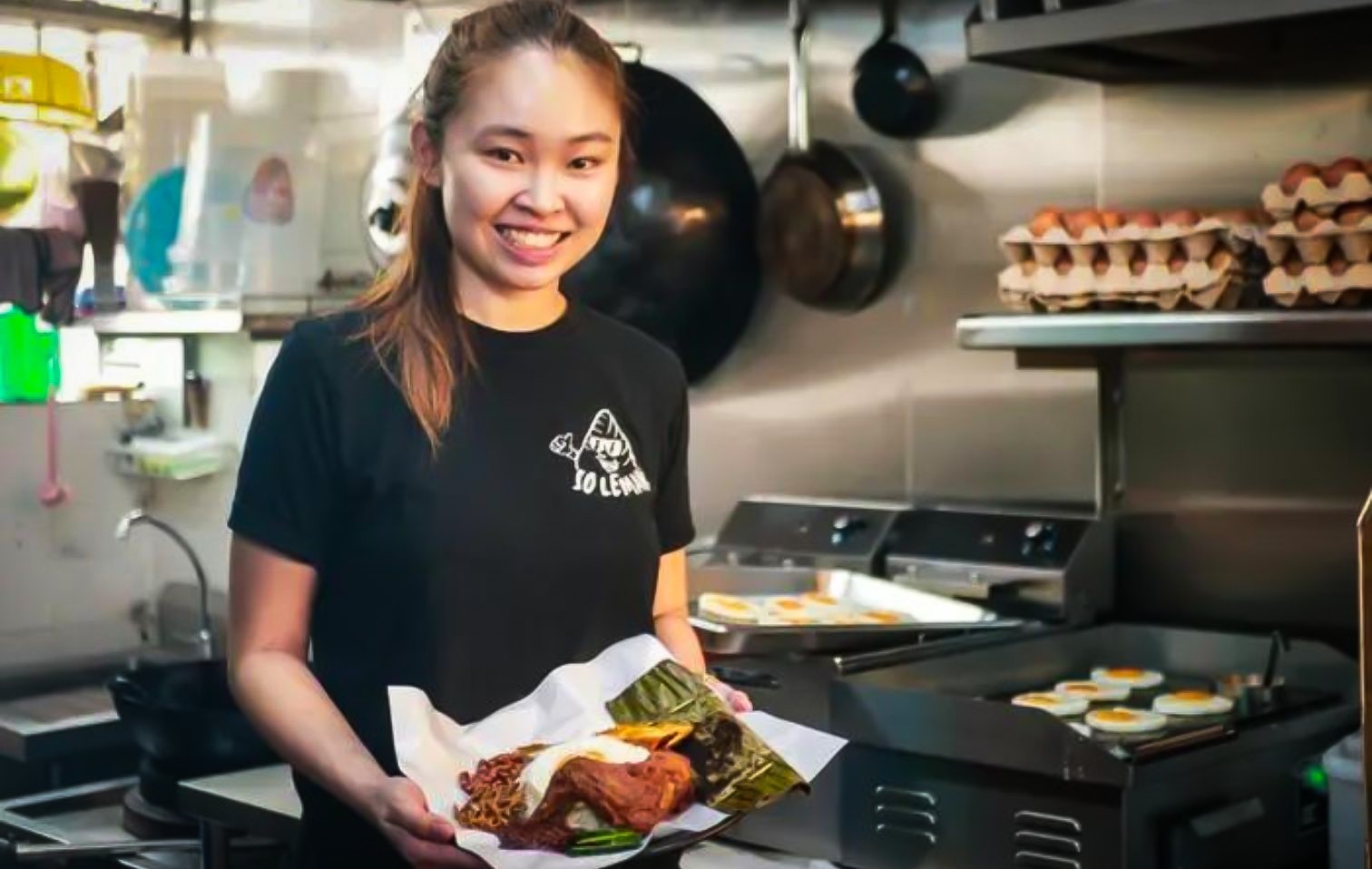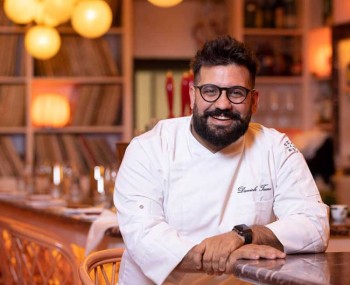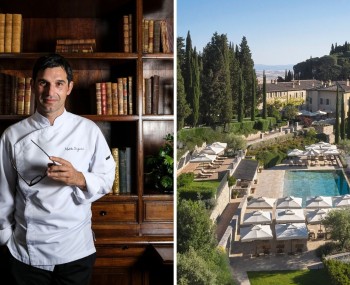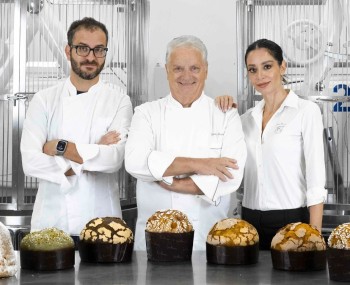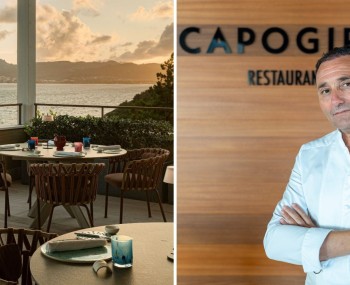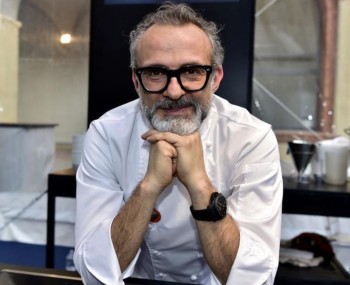Like in fairy tales, from the exhausting pressure of fine dining to the venture of a small street food stand. Shanice Lim's dream come true.
Cover photo: @Marielle Descalsota, Business Insider
The story
It seemed like Shanice Lim had fulfilled her childhood dream. She had always wanted to be a chef, just like her grandmother, who had taught her to cook classic Singaporean dishes since she was little. But Lim's job had her working 16-hour days, four times a week. At just 23, after graduating from the Culinary Institute of America in Singapore, Shanice landed a job at Zén restaurant, one of only 3 three-Michelin-starred restaurants in the city. There, she was part of a team of chefs striving for perfection. The restaurant's set dinner menu started at a base price of $435.
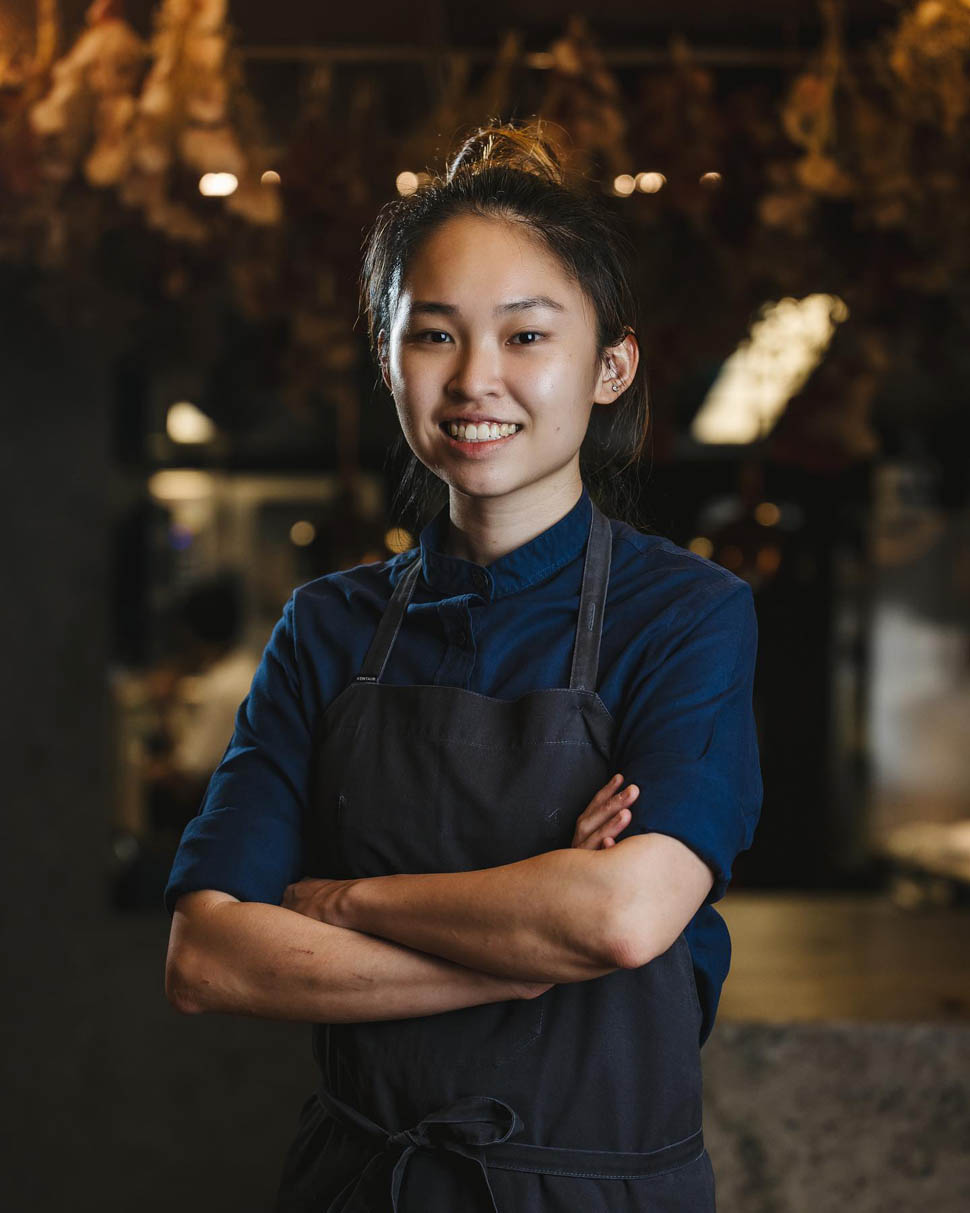
"I learned that discipline is the most important thing in fine dining; there's a lot of focus, and we can't make mistakes. But there's also a lot of pressure," Shanice told Business Insider. But despite her early success, Shanice realized that this life wasn't for her. Less than two years after being hired, she left the Michelin-starred kitchen to follow in her grandmother's footsteps, who ran an outdoor stall in Singapore, serving hundreds of hungry people for just a few dollars per plate.
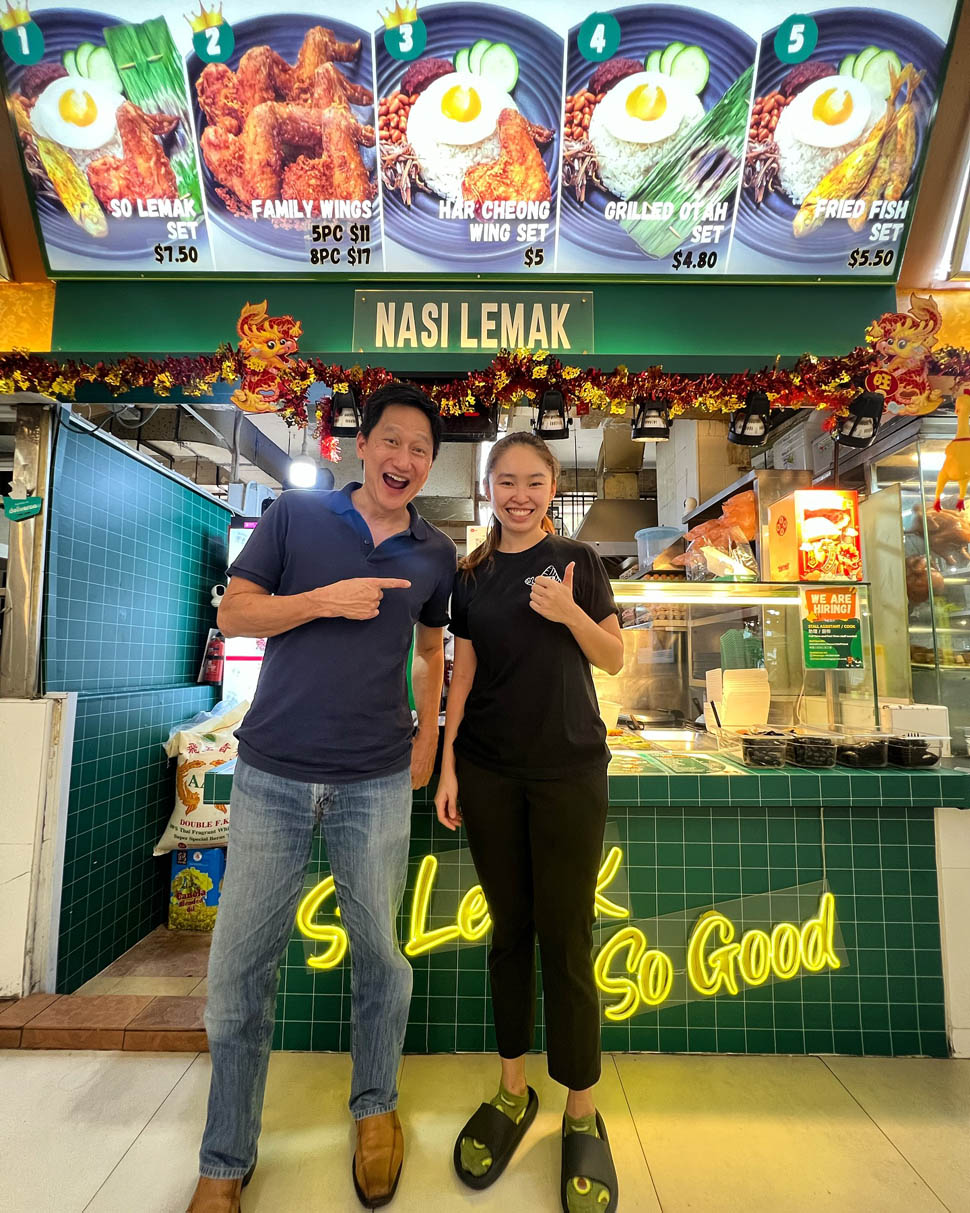
Last May, Shanice opened a stall serving nasi lemak, a Malaysian dish of coconut rice served with fried chicken, dried anchovies, otah or spicy fish cake, and sambal, a spicy sweet chili sauce. The stall is located in a kopitiam in the east of Singapore, a sort of gastronomic hub surrounded by blocks of public housing and markets. A world away from the gleaming, tall, and expensive skyscrapers that surrounded Zén in the center.
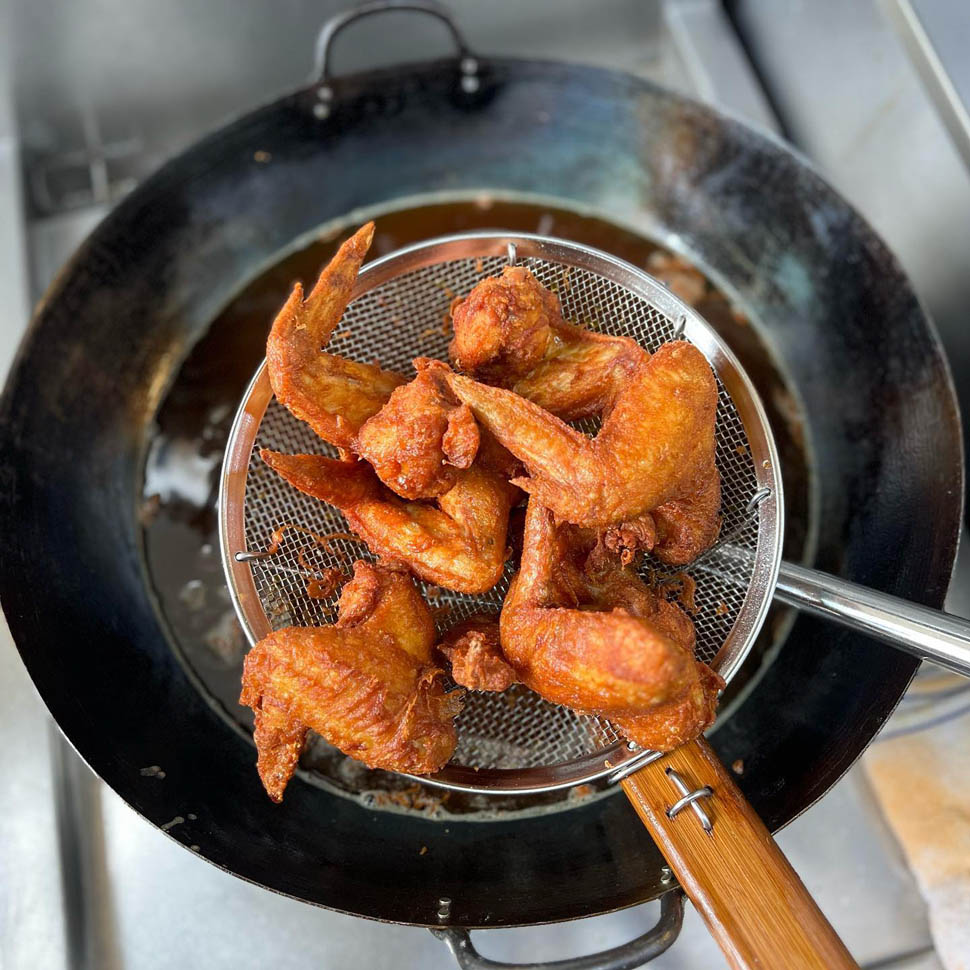
Shanice named her stall "So Lemak," a term sometimes used to describe the richness and creaminess of coconut milk, a key ingredient in Shanice's nasi lemak. In the world's most expensive city, food stalls - both in centers and in kopitiams - are one of the cheapest food businesses to start. Local food critic and serial entrepreneur KF Seetoh, for example, told Business Insider that vendors typically only have to spend between $15,000 and $20,000 to start a stall. This includes kitchen equipment, a two-month security deposit, the license to operate the stall, and the fee to rent space from the National Environment Agency.
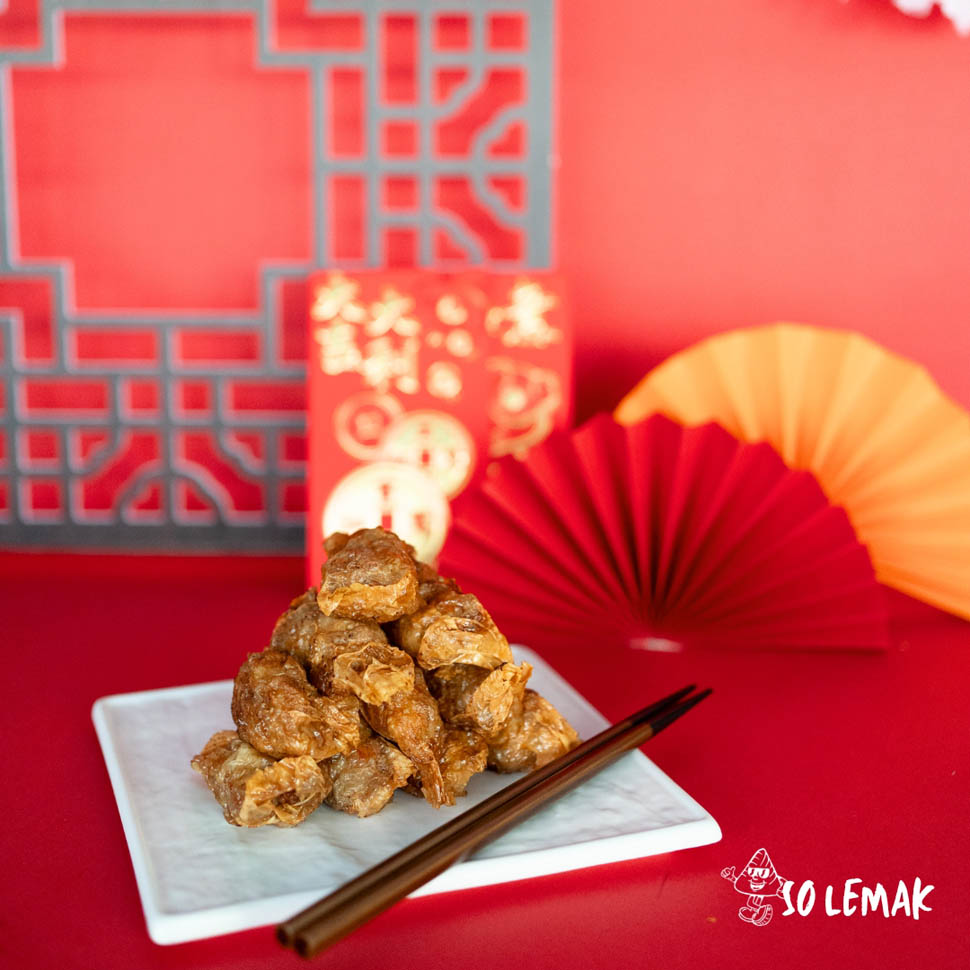
However, it's a tough business, with long hours and slim profits, Seetoh added, who owns the famous Makansutra hawker centers in downtown Singapore and Urban Hawker in New York City. But it was a risk that Shanice was willing to take. Her family believed in her, and her father invested $35,000 in her stall. "From then on, I had to manage everything on my own," Shanice said. It cost her twice the average to open her stall, as she opted for a larger space in a busy location - which meant higher rent. But she was confident she could make the money in a few months.
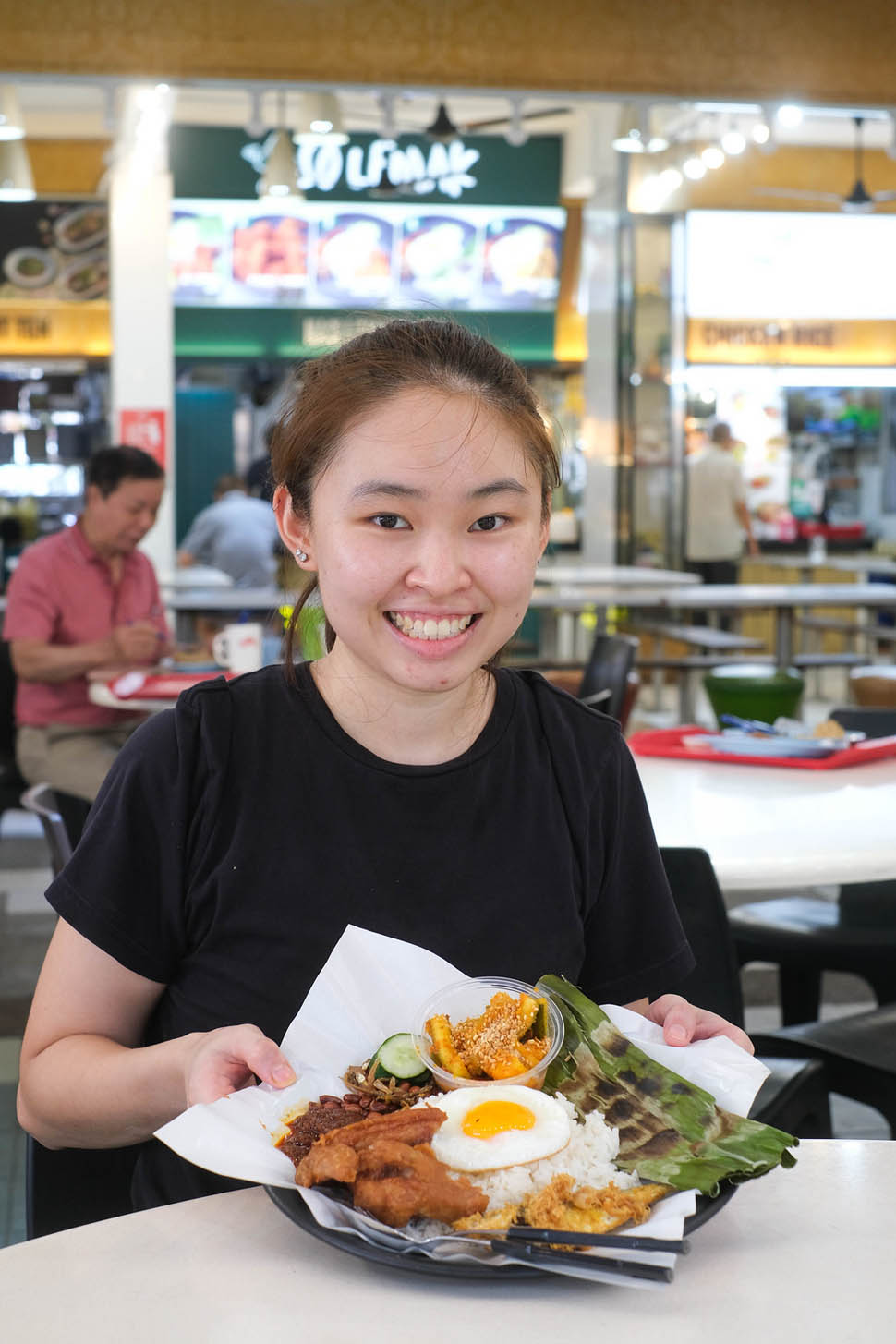
It wasn't easy at first. She had to prepare and sell 50-75 plates of nasi lemak a day by herself. Once, she said, she had to marinate about 60 kilograms of chicken wings. And in Singapore, where the temperature hovers around 32 degrees Celsius year-round, Shanice said it took some time to adjust even just physically to the new environment. Her efforts paid off, and now she has a customer base that doesn't hesitate to pay $5 for her nasi lemak.
